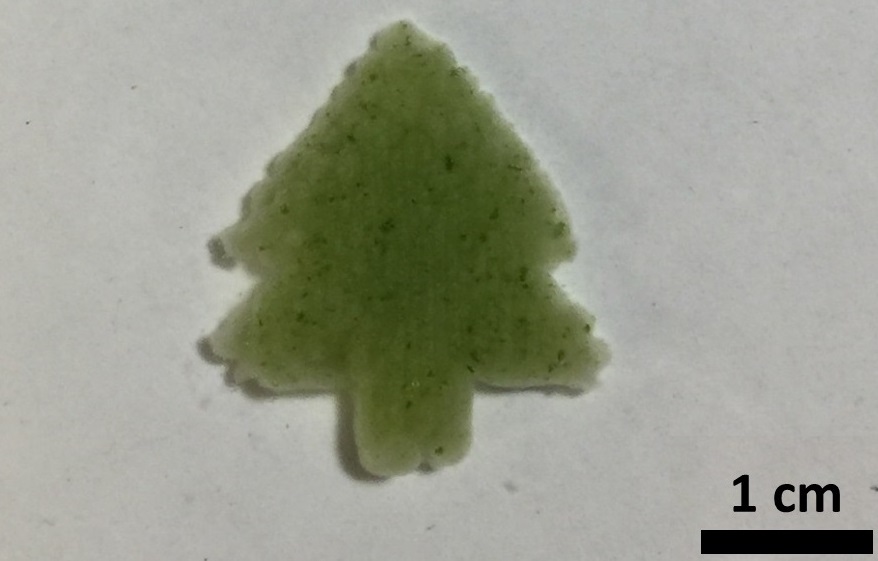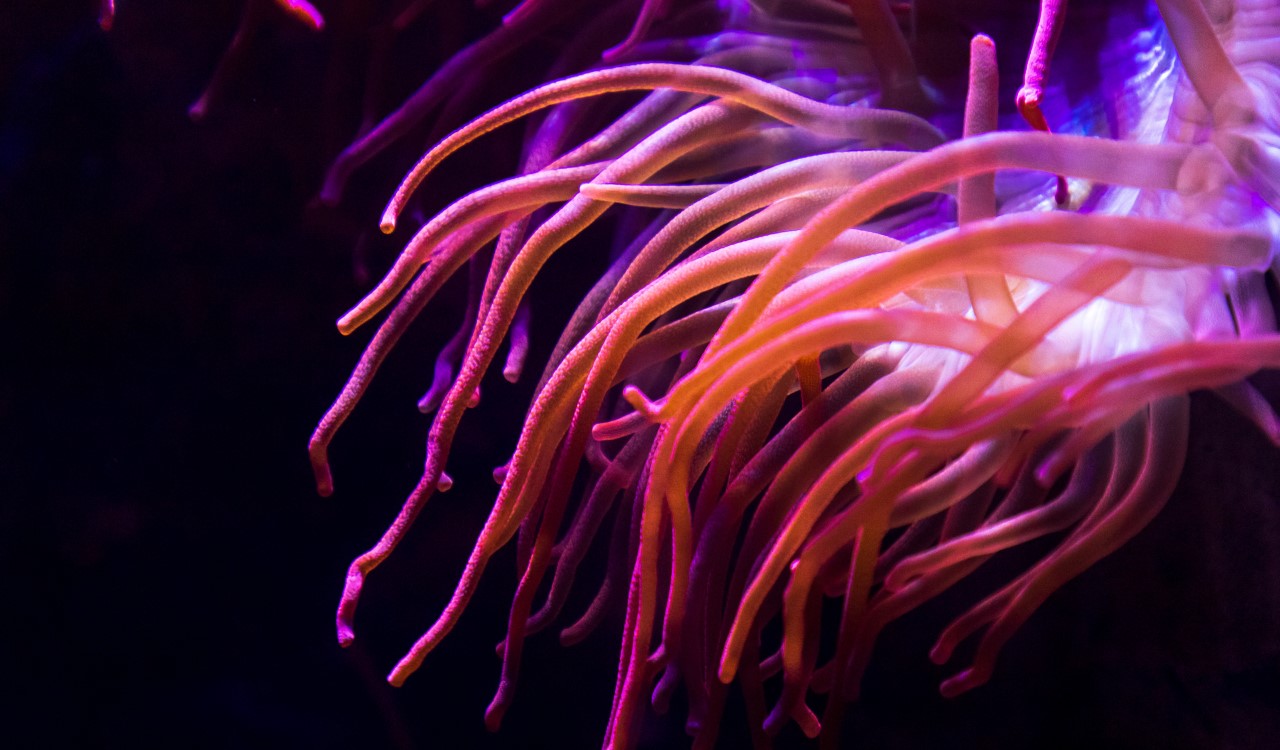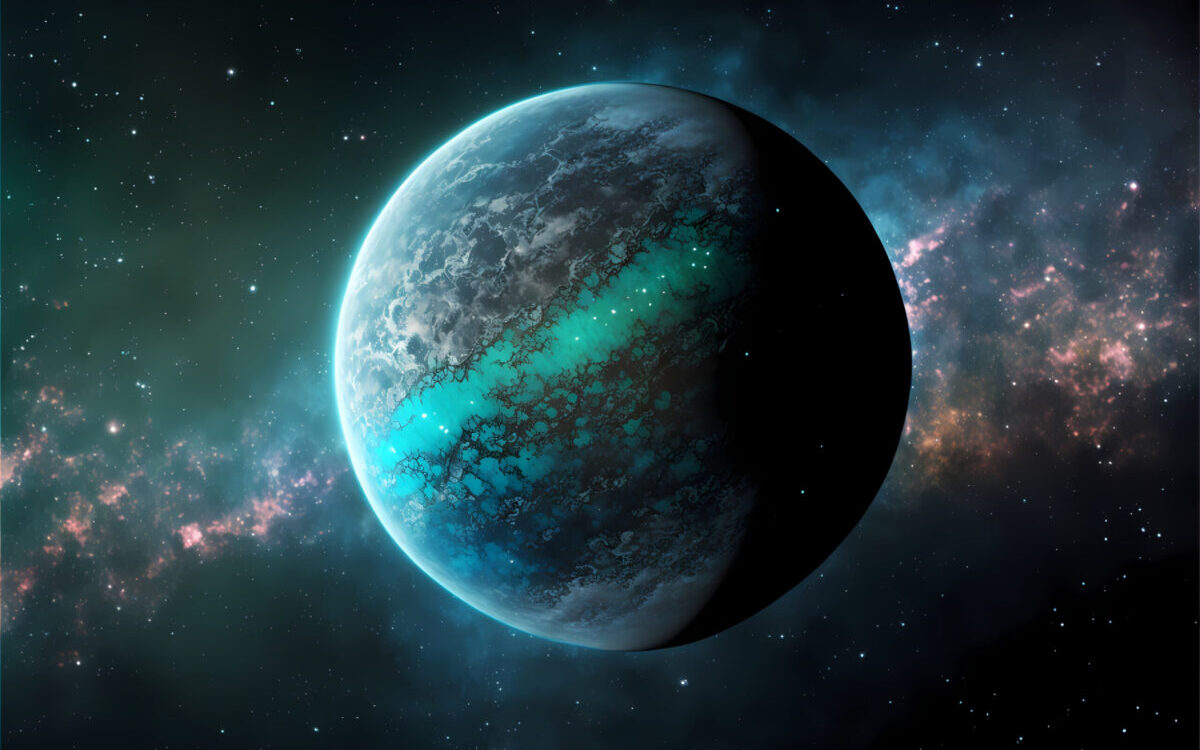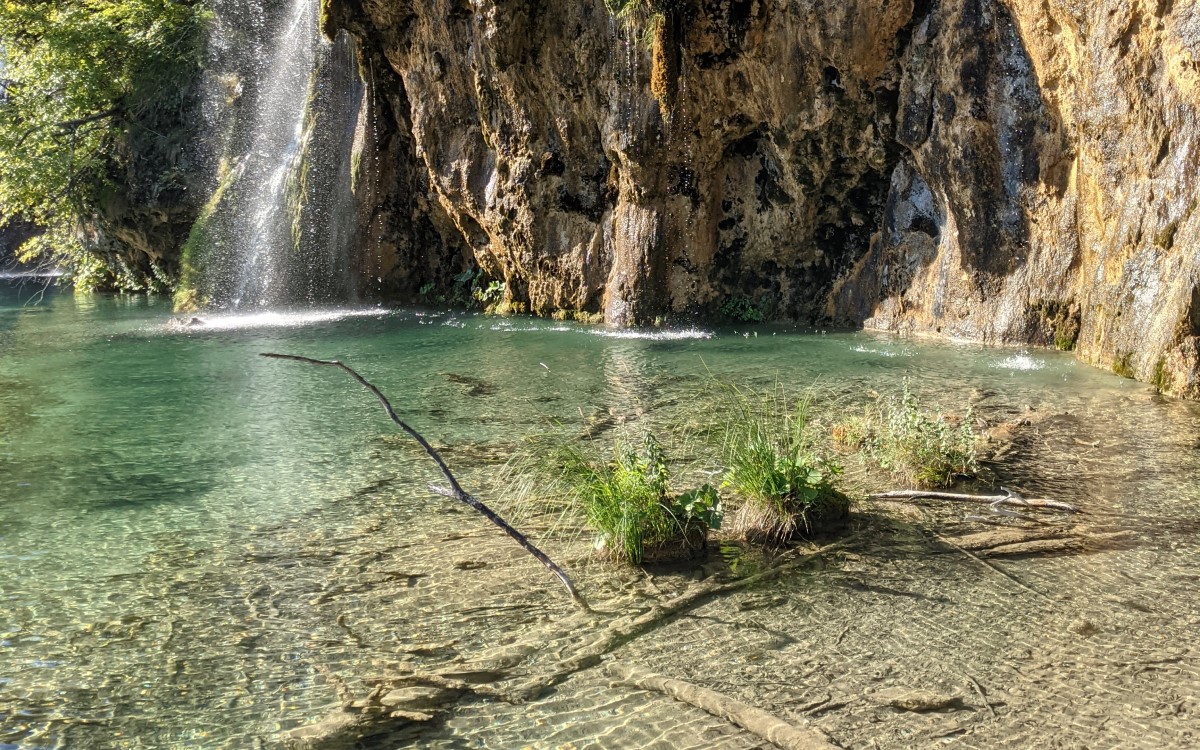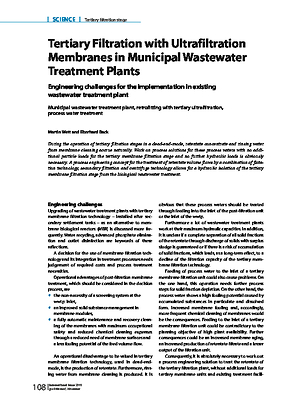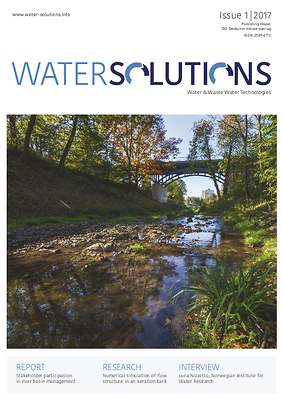Microalgae grow and multiply by photosynthesis, which consumes CO2, and they are able to clean wastewater by consuming phosphate and nitrogen. However, due to their small size of only a few micrometers and their compressible shape, they are difficult to be separated from the water phase afterwards. Immobilizing microalgae on larger objects will facilitate their handling. If the microalgae containing objects are made from biological material, they will not hamper further treatment of the algae, e.g. to recover phosphorus or other valuable substances from them.
Researchers from the Department of Biomedical Engineering at Tufts University in Medford, Massachusetts, diced up silkworm cocoons, dissolved the fiber and combined it with a thickening agent to produce a 3D-printable ink. This ink was doped with microalgae and printed in various shapes into a container of seawater. The water contained a small amount of hydrogen peroxide, which solidified the ink into a gel. The silk structures supported microalgal growth for at least 4 weeks and photosynthesis for more than 90 days. Besides water treatment, these objects could also be suitable for air purifying.
The original publication is here available.
3D-printed microalgal silk structures for water treatment
Kategorie: Publications
Thema: Water Solutions
Autor: Jonas Völker
Das könnte Sie auch interessieren:
Passende Firmen zum Thema:
Publikationen
Sie möchten die gwf Wasser + Abwasser testen
Bestellen Sie Ihr kostenloses Probeheft
Überzeugen Sie sich selbst: Gerne senden wir Ihnen die gwf Wasser + Abwasser kostenlos und unverbindlich zur Probe!

